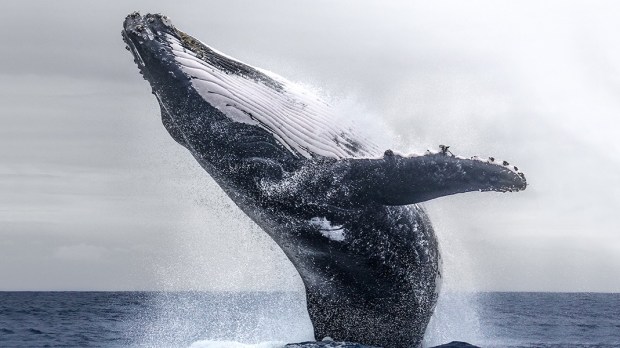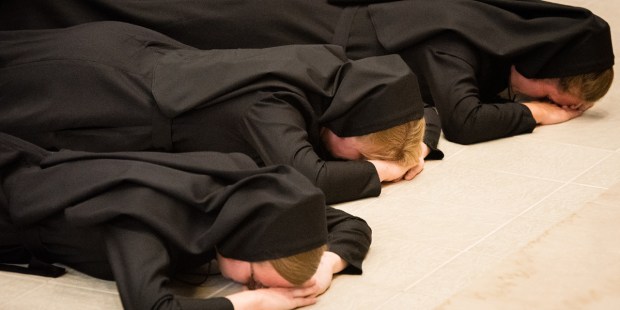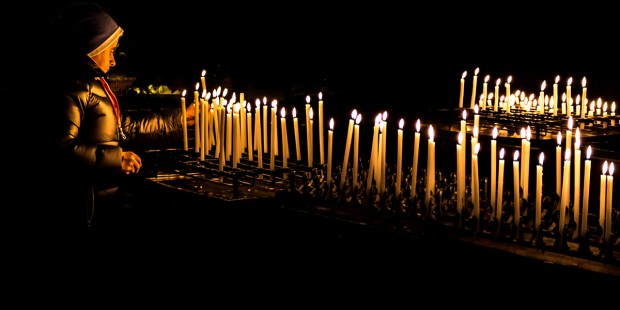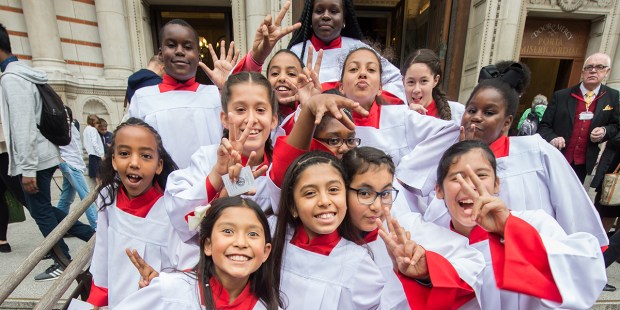CREATION: THE WORLD AROUND US – SONY 2017 Photography Awards | 3rd Place National Award | Photo by John Tao
This week we are featuring some of the best photos submitted to the Sony 2017 Photography awards. These high-res photos of animals in their natural environments are breathtaking and vibrant.
TAIWAN – 2017: A large mother humpback whale teaches her calf how to jump, not too far from John Tao’s boat.
The humpback whale is one of the larger types of baleen whale. They can grow from 39 to 52 feet long, females growing a bit larger to carry their young. Humpback whales are widely distributed in seas and oceans all over the world.
They feed in polar waters during the summer months, hunting krill and small schooling fish. They employ an interesting method of hunting, called bubble net feeding. Several whales will circle a school of fish or krill while pushing bubbles up through their blow-holes. They slowly narrow the ring of bubbles, which disorients the fish, causing them to stay in the ever shrinking “net.” When the fish are corralled, the whales will suddenly swim upwards through the center of the circle, grabbing as many fish as they can in their large mouths.
The humpback has few natural predators, because of its size. Scars on many subjects indicate that orcas, also known as killer whales, will attack juveniles. It is theorized that orcas began preying on humpback whales when humpbacks were hunted almost to extinction. Humpback whales have been known to defend themselves from or attack killer whales who are hunting their young and even other species.
Read more:
Humpback whales show signs of altruism
Humpback whales are known for their breaching, or jumping through the surface of the water, as pictured here. They also like to swim at the surface and splash with their fins. These behaviors have made them popular with whale watchers around the globe.
See more photos here.











